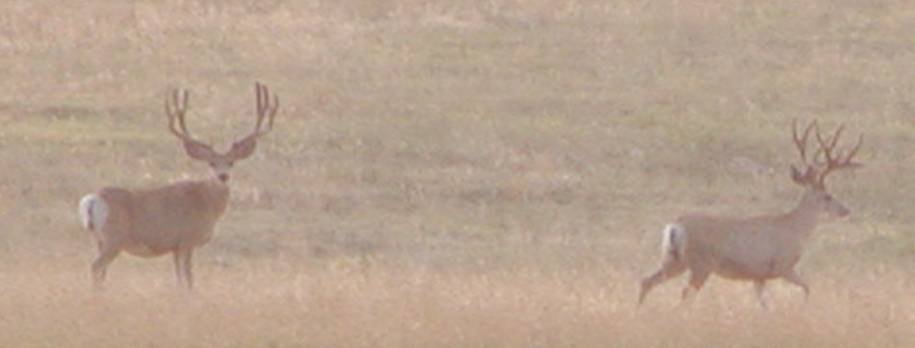Rack Daniels
Well-known member
I said I wouldn’t be back due to arguing. Just thought I’d leave this here for people to argue about. Baby buck on public. They don’t get big here. 6x4 probably 30” tall. Pinnacles not much mass but not a unicorn. Hold out for a slammer and you’ll find one. Believe none of what you hear and only half of what you see on here. Good luck all…







